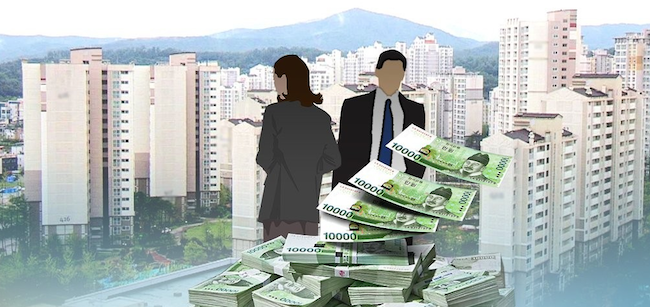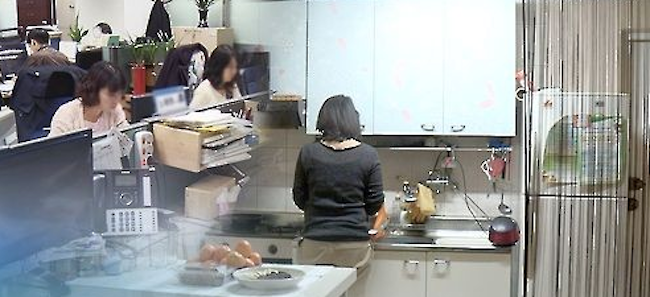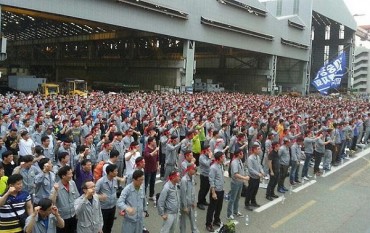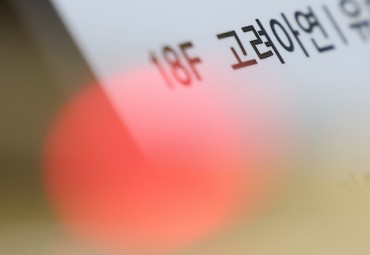
Dual-income households earned only 1.48 times what single-income households made, the lowest in six quarters. (Image: Yonhap)
SEOUL, Sept. 6 (Korea Bizwire) – Average incomes for dual-income and single-income households between April and June, at 5.47 million won and 3.69 million won, respectively, are the closest they have been since the fourth quarter of 2015 (October through December) according to figures provided by Statistics Korea.
Dual-income households earned only 1.48 times what single-income households made, the lowest in six quarters.
Since the first quarter of 2016, the gap between the two household types has shown an overall decline, descending from a high of 1.57 times to 1.50, 1.53, 1.52 and 1.54 before dipping below 1.50.
The shrinking gap was heavily influenced by the accompanying decline in the disparity of occupational income. The averages for dual-income and single-income households were 3.93 million won and 2.26 million won, respectively. Dual-income households earned 1.74 times more than their counterparts.

Average incomes for dual-income and single-income households between April and June, at 5.47 million won and 3.69 million won, respectively, are the closest they have been since the fourth quarter of 2015 (October through December) according to figures provided by Statistics Korea. (Image: Yonhap)
As expected, the factor of 1.74 was the lowest since the 1.70 recorded in the last quarter of 2015. Starting from the first quarter of 2016, the disparity factor dropped below 1.80 just once, going from 1.85 to 1.79, 1.81, 1.81 and 1.85.
Statistics Korea deduced from its data that the quality of jobs during the second quarter was poor.
This is despite the fact that the economy on the surface appeared to be on the mend during the second quarter, as monthly employment figures increased by 300,000 compared to last year.
The number of employees that joined manufacturing industries considered as “good quality jobs” declined from April through May.
Furthermore, according to the Ministry of Employment and Labor, the gap in salary between contract workers and short-term employees in June was 2.06 million won, 2.3 percent higher than the same period last year.
Likewise, the same figures for May were 2.1 percent higher than the same period last year.
A government official explained the reduced disparity between the two types of households by pointing out increased employment in the services industry and noting that members of dual-income households may have entered a profession with a lower salary or otherwise seen their salary diminished.
S.B.W. (sbw266@koreabizwire.com)






